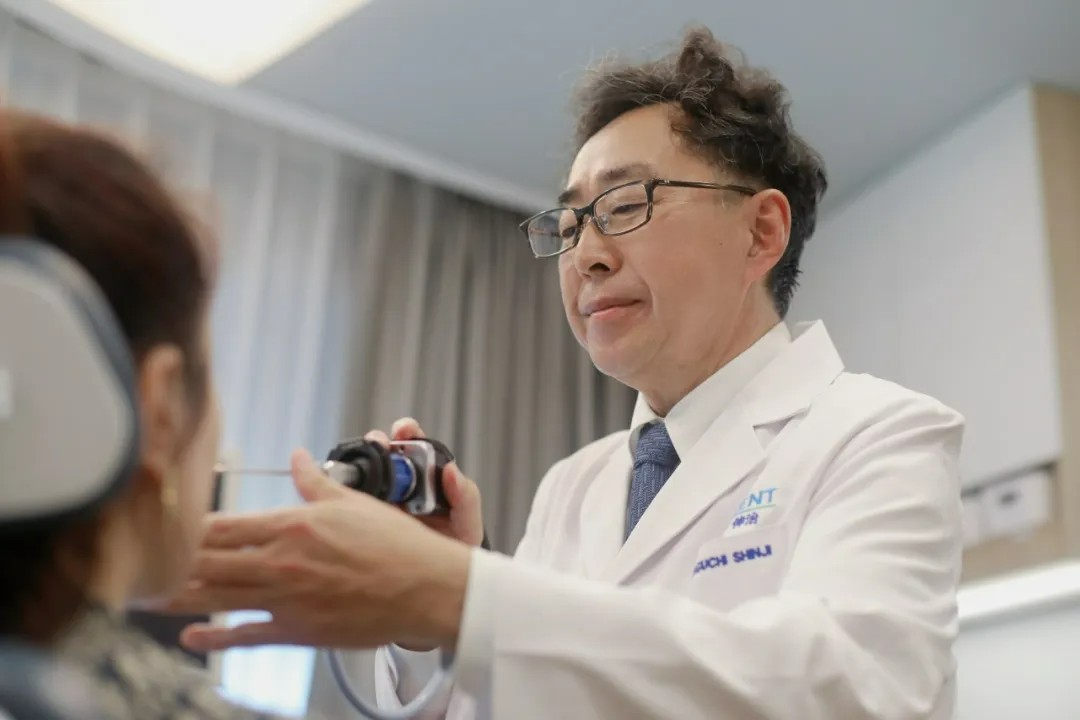COVID-19, mycoplasma, influenza A, influenza B... Waves of viruses have swept through our bodies.
Many people, after overcoming the virus, find themselves plagued by various sequelae. Beyond common symptoms like nasal discharge, congestion, and sneezing, there are also nasopharyngeal discomforts such as redness and swelling of the upper throat and increased phlegm.
 01 The "Invisible Scars" After Viral Recovery
01 The "Invisible Scars" After Viral Recovery
Respiratory viruses often attack the upper respiratory tract first during initial infection, particularly the nasopharynx. For some, even after the virus is cleared, inflammation on the nasopharyngeal mucosa may persist, potentially developing into chronic nasopharyngitis. Patients without prior sinusitis or rhinitis may also experience these symptoms post-COVID-19 or other respiratory infections.
Chronic nasopharyngitis can lead to throat discomfort, persistent postnasal drip (mucus flowing into the throat due to severe upper throat inflammation), increased phlegm, shoulder pain, fatigue, headaches, difficulty concentrating, and even systemic issues affecting nerves and immunity.
02 Eliminating Sequelae with EAT Therapy
EAT Therapy (Epipharyngeal Abrasive Therapy), pioneered in the 1960s by Professor Shinsaku Horiguchi (Tokyo Medical and Dental University), is an effective diagnostic and treatment method for chronic epipharyngitis. It uses endoscopy to observe the nasopharynx, followed by swabbing with zinc chloride solution. Post-swab bleeding and pain levels indicate inflammation severity.
Persistent epipharyngeal discomfort often causes anxiety or depression. EAT Therapy offers targeted relief, helping patients regain confidence and quality of life.
Treatment Principles
Antibacterial & Anti-inflammatory Action: Suppresses excessive lymphocyte activation, reducing swelling.
Vagus Nerve Stimulation: Regulates stress response, alleviating headaches and fatigue.
Inflammatory Clearance: Promotes excretion of inflammatory substances.
Precautions
Initial treatments may cause stinging, bleeding, or temporary symptoms (e.g., runny nose). Pain decreases with repeated sessions.
Chronic conditions require 3–10 sessions. No dietary restrictions post-treatment.
Target Group
Suitable for ages 13+ (≈70% efficacy). Consult ENT specialists for personalized plans (e.g., nasal irrigation, surgery).
03 EAT Therapy Under Endoscopy
Endoscopy enables precise visualization and treatment of nasopharyngeal lesions. Though limited to select Japanese ENT clinics,
Ren Shu ENT (collaborating with Japan’s SANKA ENT) now offers EAT Therapy in Shanghai and Hangzhou to alleviate chronic postnasal drip.
